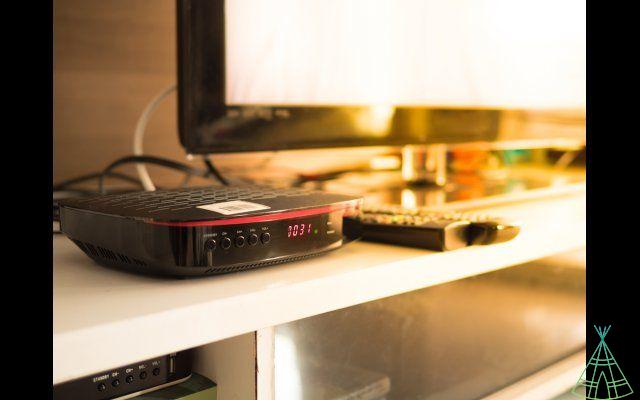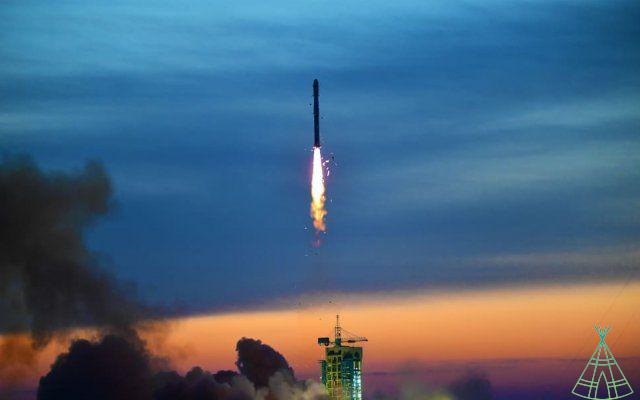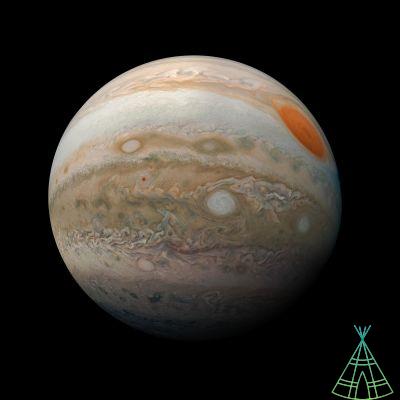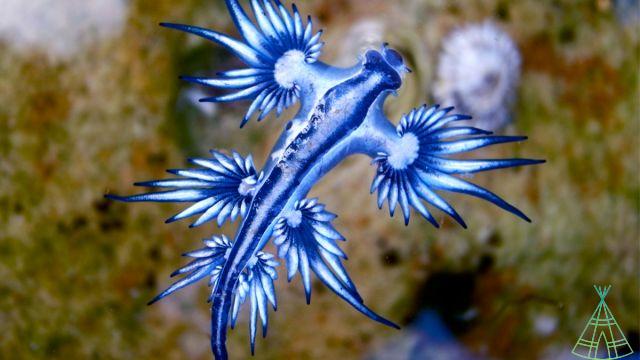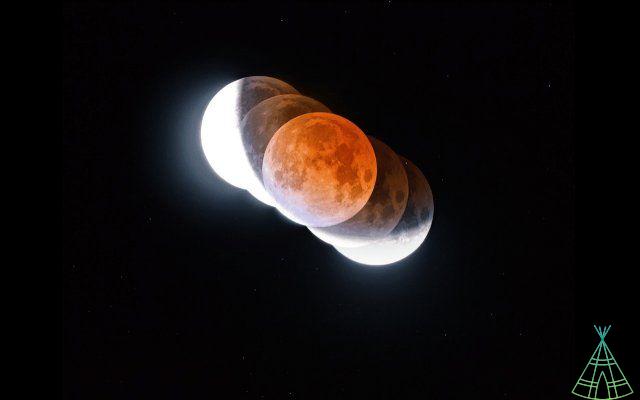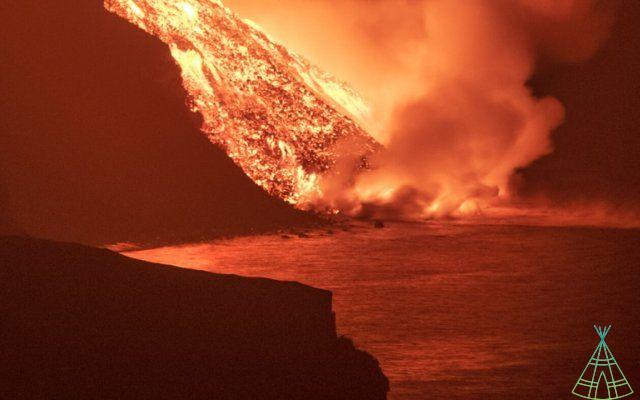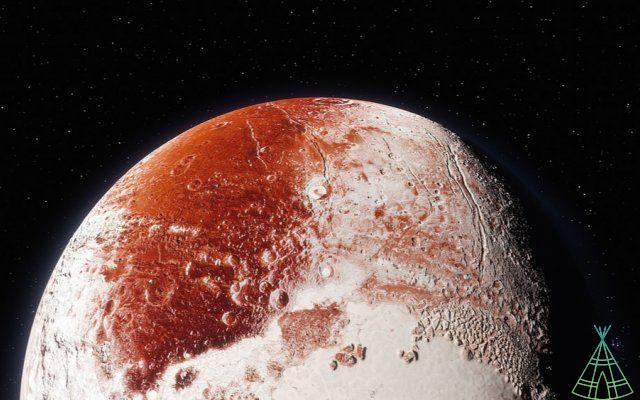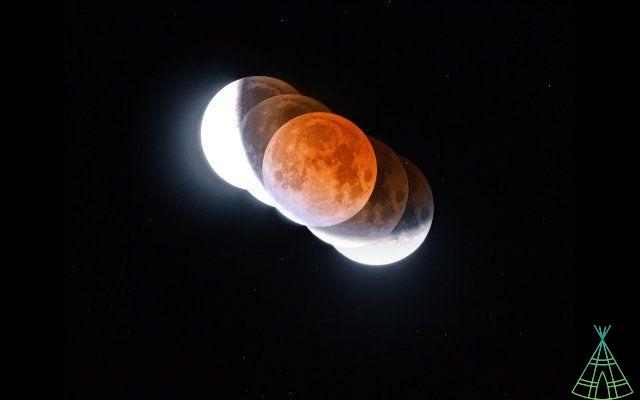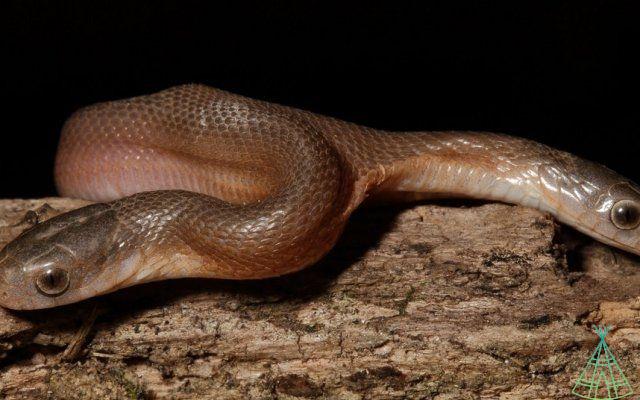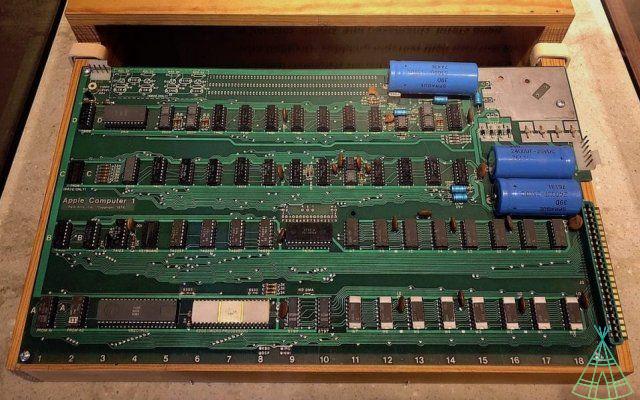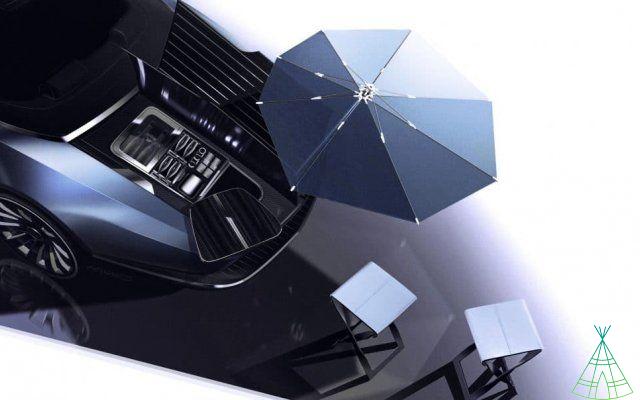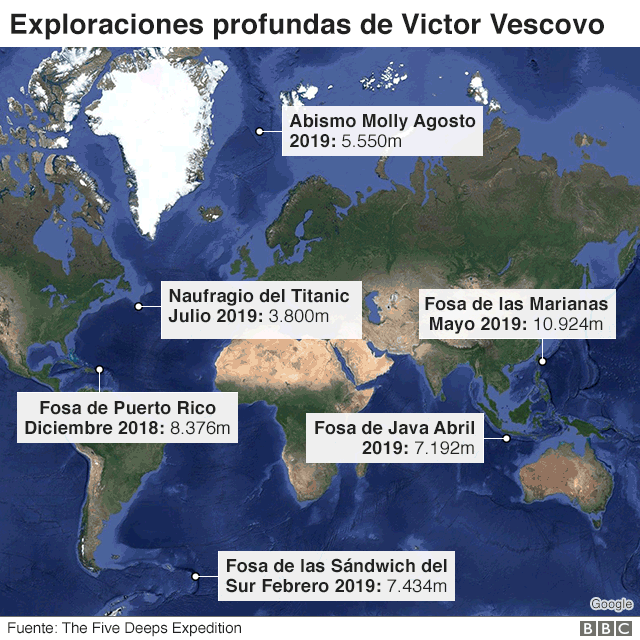Discovered just a year ago, eta Leonard, formally known as eta C/2021 A1, made its closest approach to Earth on Dec. 12, marking the culmination of a month filled with observation opportunities. From that date, its distance from us gradually increasing, it should become less and less bright, until it becomes invisible to us.
But as eta continued its journey through the inner solar system, something changed: its tail took on a serpentine appearance, even as eta's core grew brighter.
"Somehow it came back to life and triggered some sudden increases in brightness, which reversed the fading trend," Quanzhi Ye, an astronomer at the University of Maryland who specializes in etas, told Space.com.
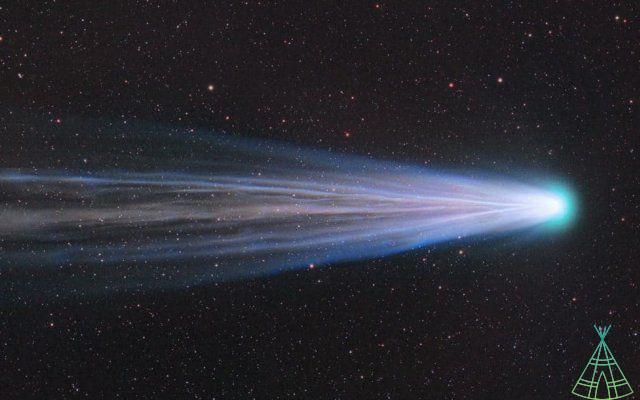
The new spectacle is the result of the solar wind, a stream of charged plasma particles emitted by the Sun that constantly flows through the solar system. Etas have two tails, one made of dust and the other of ions. Since ions are charged particles, an eta's ion tail is particularly susceptible to being shaped by the solar wind as well as the magnetic field located in interplanetary space.
"What we see here are all kinds of visual effects caused by the influence of the solar wind," Ye said. “Most of the fascinating effects we see in the photos are from the ion tail.”
Read more:
- See solar jets escaping in video from NASA's Parker probe
- Envy Filter: NASA Scientists Take a Selfie Using Mirrors on the James Webb Telescope
- See 5 proofs of the space industry booming in 2021
Coincidentally, astronomers were already eyeing the Leonard eta ion tail. In December, a strange episode of a sudden change in brightness made scientists wonder if eta could be disintegrating, an event whose beginning would be marked by the disappearance of the ion tail. But that didn't happen.
Last Monday (3) the eta reached its perihelion, that is, the closest approach to the Sun. It's a critical moment, as at that distance it will have to survive our star's intense gravitational pull, as well as the solar winds. As with many other etas when making this close spin around the Sun, there is a great risk of Leonard falling apart.
And even if that doesn't happen and it survives the Sun's approach, "its trajectory will throw it into interstellar space, and it will never come back", revealed the North American space agency (NASA) in unicado, through which points out that eta made a 40-year journey to our star from the outer solar system.
Opening image: eta Leonard registered in Maringá, PR. Credit: Bruno Bonicontro
Have you watched our new videos on YouTube? Subscribe to our channel!







